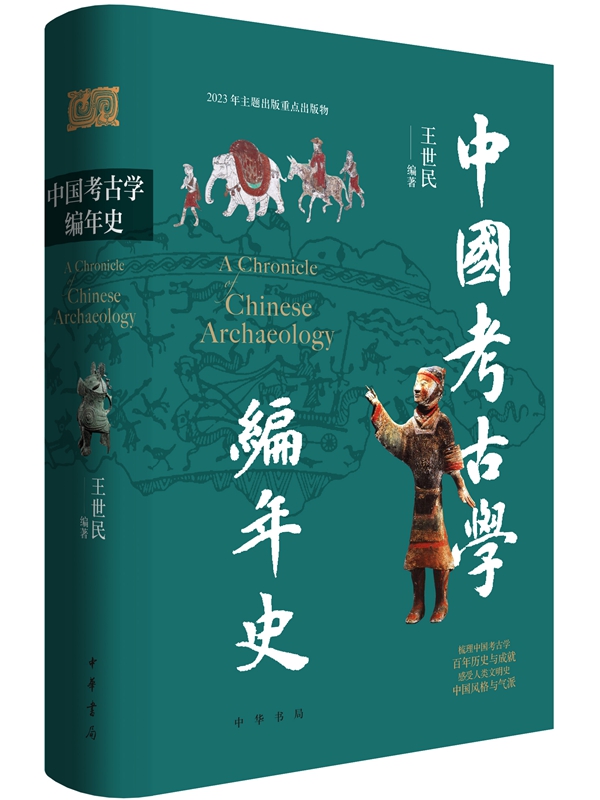
As an ancient civilization, China has a long tradition of scholars treasuring and studying ancient sites and relics. During the Northern Song Dynasty, the specialized field of epigraphy emerged. Modern archeology emerged in China about one century ago. Thanks to the dedication of generations of archaeologists, Chinese archeology has flourished since the founding of the People's Republic of China. It has taken its rightful place on the world stage, with a well-defined framework that guides its research. It has become a fertile ground of scholarship that continues to bear fruit. This book chronicles the fascinating history of archeological discoveries and research in China since the 20th century. It delves into the earlier tradition of epigraphy, before modern archaeology's birth. The book then charts the development of Chinese archeology through distinct periods: Roots in Epigraphy, Birth of Archeology (1900-1928), Early Development (1929-1948), Golden Age (1949-1978), Continued Progress (1979-2000), and Recent Advancements (since 2001). It offers a comprehensive and well-researched exploration of the achievements of Chinese archeology over the past century. An index of place names and personal names is included for reader convenience.
